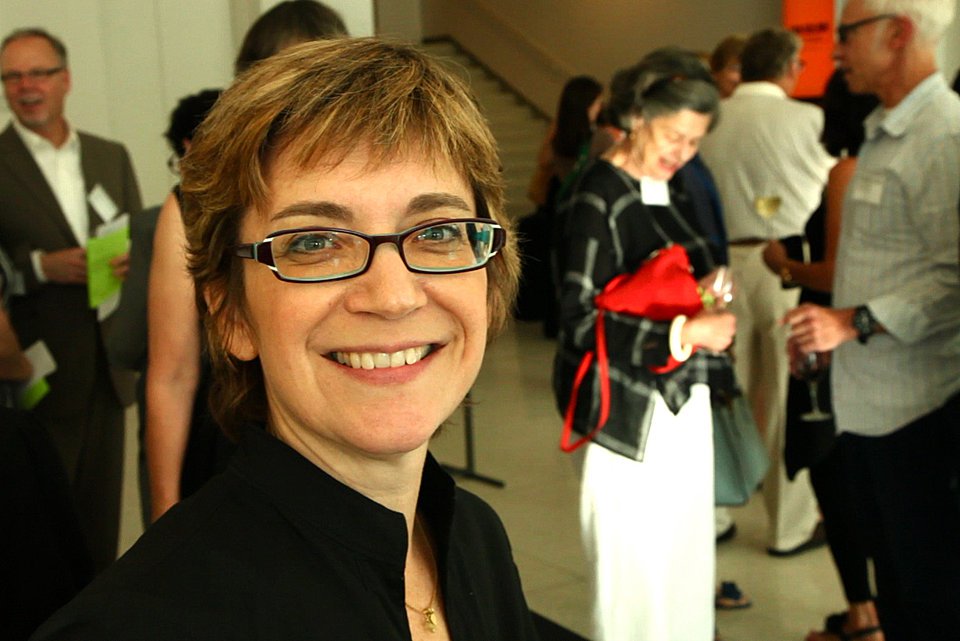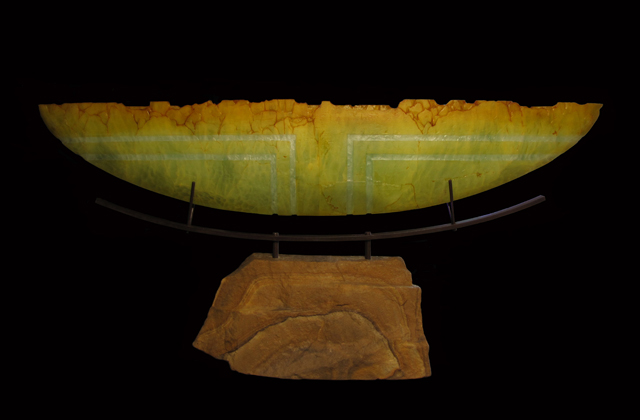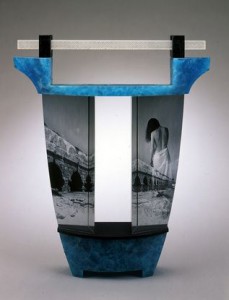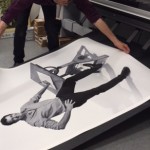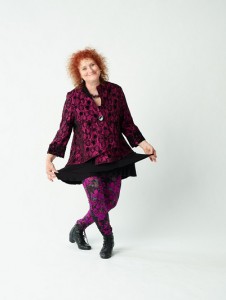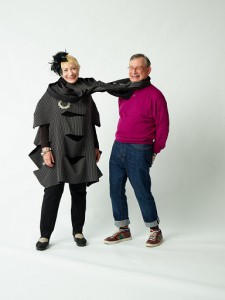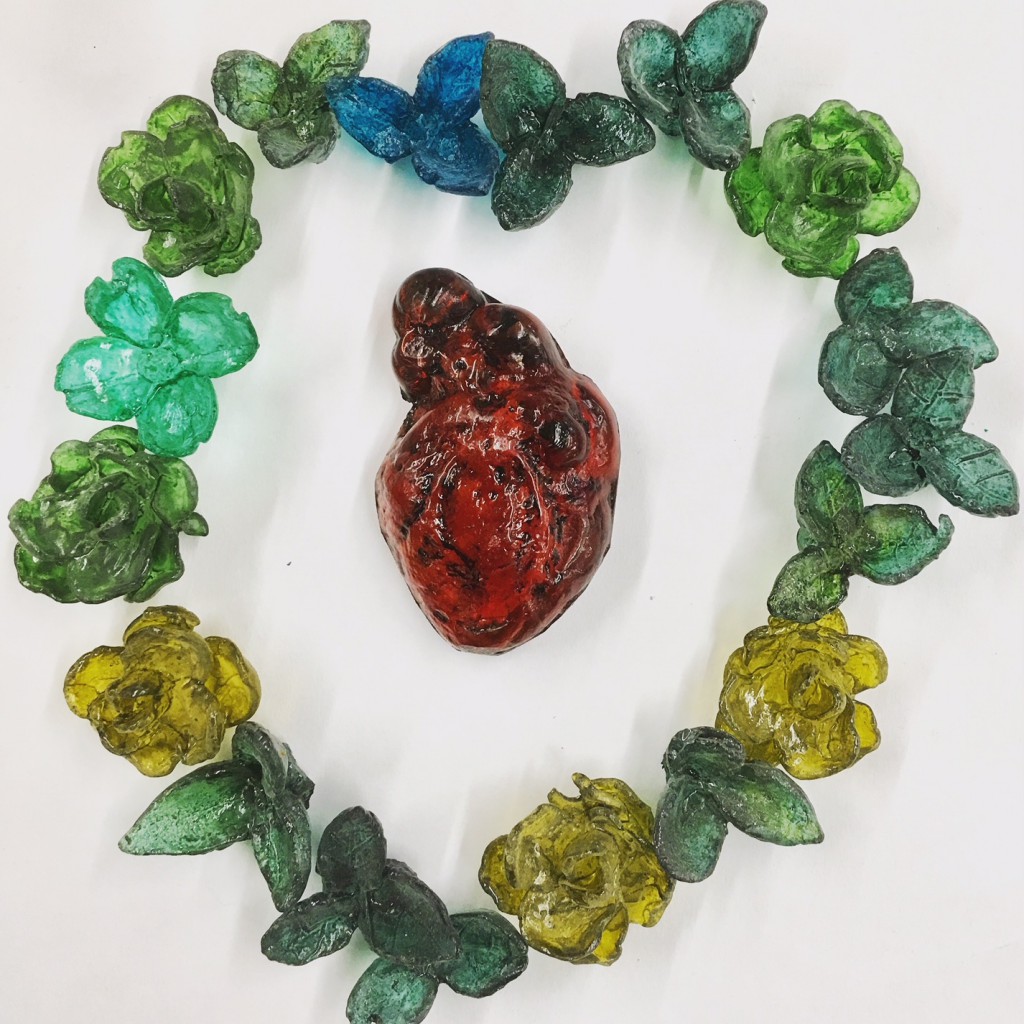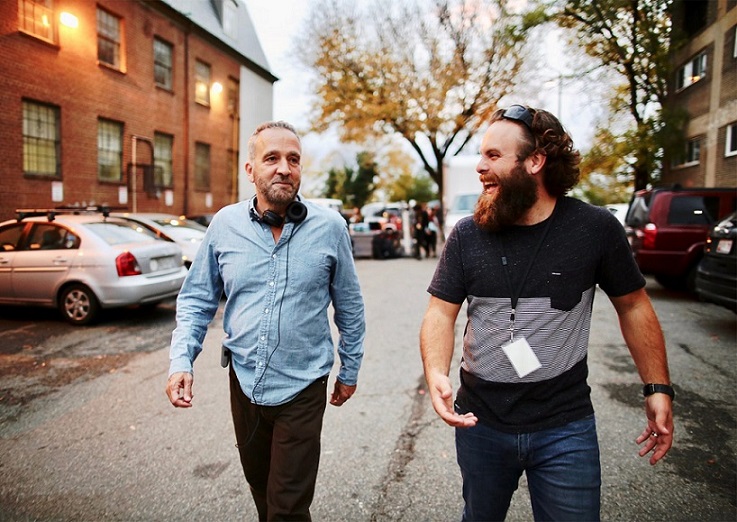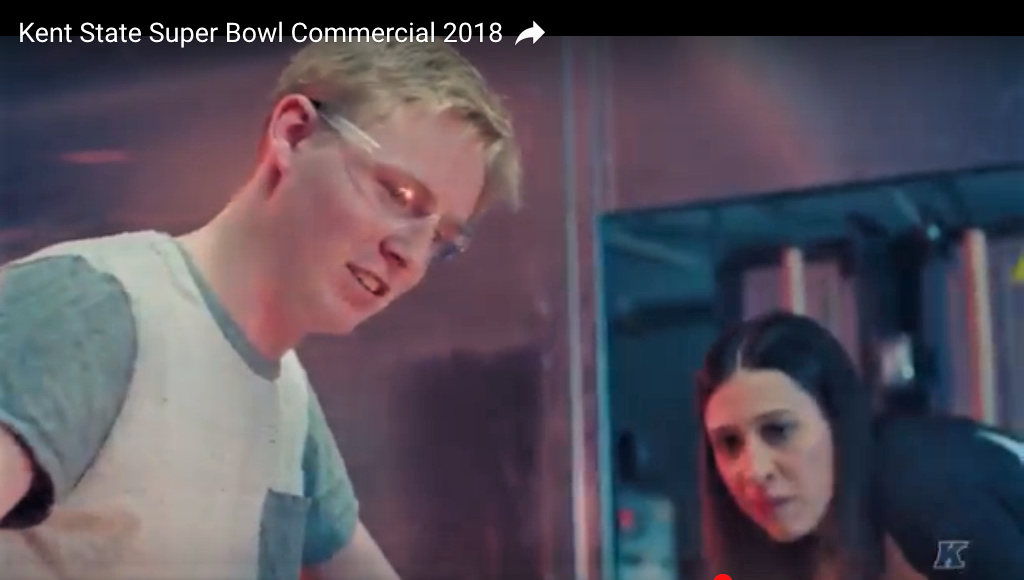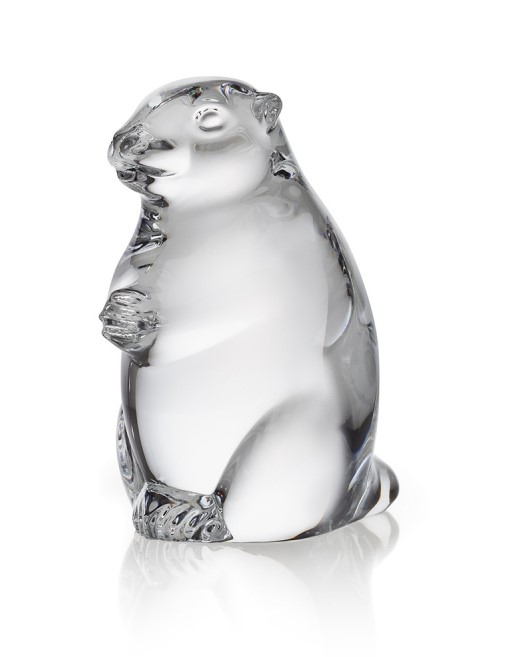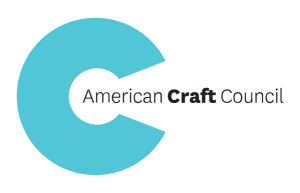 For more than 75 years, the American Craft Council (ACC) has championed craft. Founder Aileen Osborn Webb recognized the significant impact craft has on individuals and communities, and established a nonprofit to preserve, cultivate, and celebrate this communal heritage. The ACC’s efforts span the nation, promoting the handmade through a resource-rich website and award-winning magazine, American Craft.
For more than 75 years, the American Craft Council (ACC) has championed craft. Founder Aileen Osborn Webb recognized the significant impact craft has on individuals and communities, and established a nonprofit to preserve, cultivate, and celebrate this communal heritage. The ACC’s efforts span the nation, promoting the handmade through a resource-rich website and award-winning magazine, American Craft.
The American Craft Council has today announced that Sarah Schultz has been named its new executive director. Sarah, who has more than 25 years’ experience in arts leadership, fundraising, and education, succeeds Chris Amundsen, who left the organization in September.
“The ACC has a remarkable history of celebrating and supporting craft in America,” Sarah says. “I am thrilled to be working with the board and staff as we expand the reach and engagement of the organization to the incredible diversity of practices and artists working today.”
Most recently, Sarah was interim vice president of public programs and education for the Friends of the High Line in New York City and a visiting curator for Mural Arts Philadelphia.
When Sarah begins as executive director April 2, it will be a homecoming of sorts: She spent more than 20 years at the Walker Art Center in Minneapolis, including 14 as director of education and curator of public practice. Sarah earned a BA in art history from Bucknell University, an MBA in arts administration from SUNY-Binghamton, and an MA from the University of Minnesota in art history and American studies.
Sarah has been an outspoken proponent of innovation, networking, teamwork, and community building.
Sarah will be at this weeks Baltimore ACC show – a great opportunity to meet her!
The American Craft Show returns to the Baltimore Convention Center. This is the nation’s largest juried indoor craft show showcasing the work of more than 650 of the country’s leading contemporary artists.
Show Dates
February 23: 10 a.m. – 8 p.m.
February 24: 10 a.m. – 6 p.m.
February 25: 11 a.m. – 5 p.m.
Baltimore Convention Center
1 West Pratt Street
Baltimore, MD 21201
